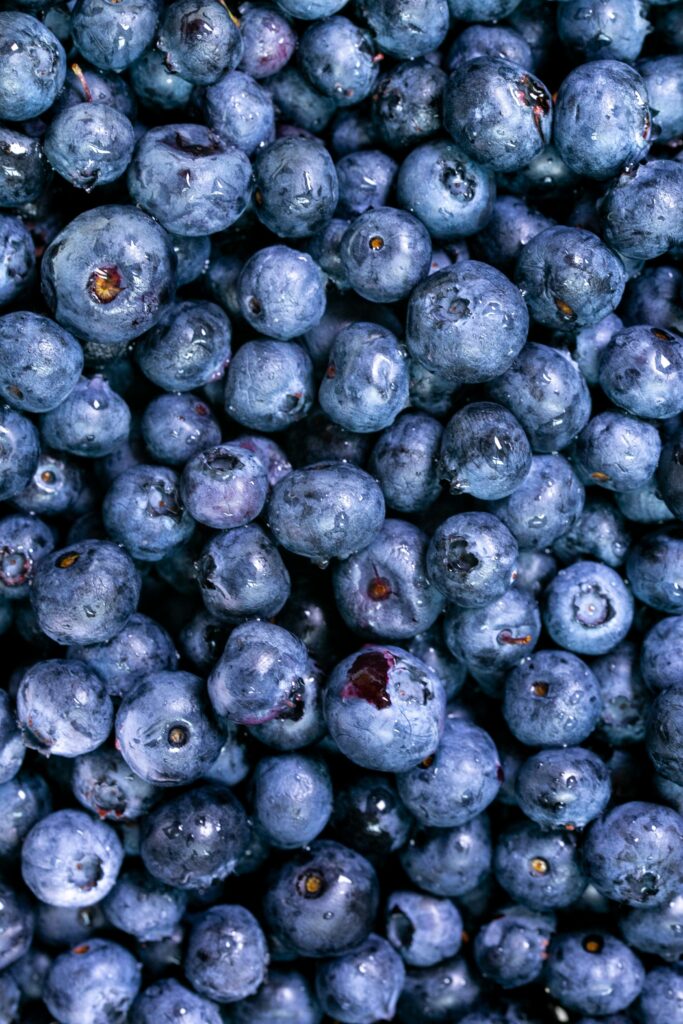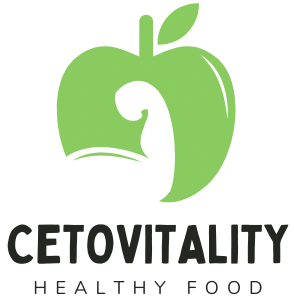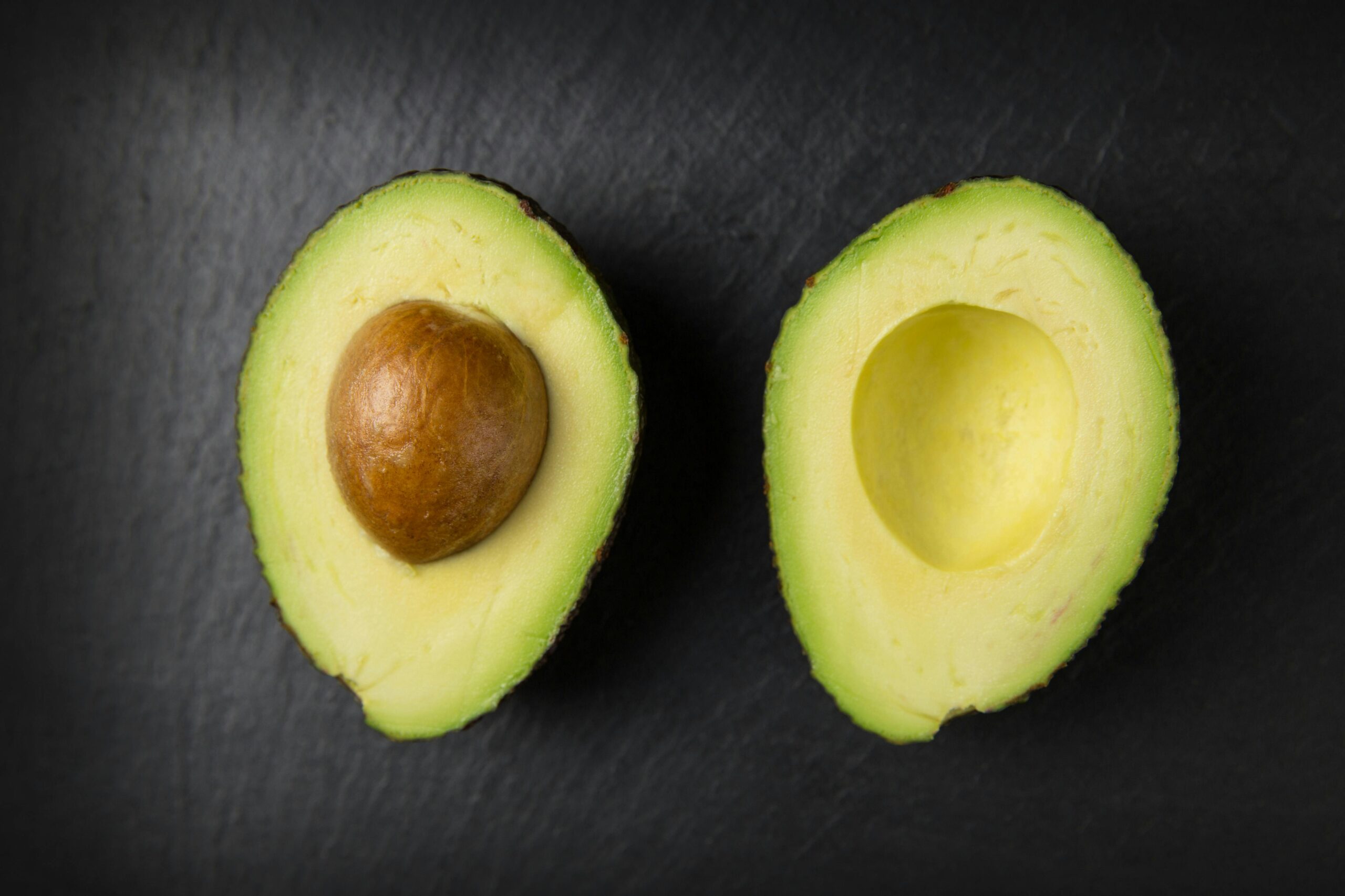Embark on a flavorful adventure that marries the best of both worlds: Keto and fermented foods. “Keto Pickled Vegetables: A Probiotic Snack” serves as your ultimate guide to enhancing gut health and optimizing your keto journey through the natural benefits of fermented foods. Perfect for those pursuing a low-carb lifestyle with a holistic approach, this guide offers recipes and tips that bring the probiotic magic of fermented vegetables right to your plate, ensuring your meals are not just delicious, but also gut-friendly and aligned with your keto goals.
Understanding Keto Diet
Definition of Keto Diet
The Keto diet, short for Ketogenic diet, is a high-fat, moderate-protein, and very low-carbohydrate eating plan designed to help your body enter a state of ketosis. In ketosis, your body becomes incredibly efficient at burning fat for energy, instead of carbohydrates.
How a Keto Diet Works
When you sharply reduce your carbohydrate intake and replace it with fat, your body enters a metabolic state known as ketosis. During ketosis, your body becomes a fat-burning machine, turning fat into ketones in the liver, which supply energy to the brain. This shift in metabolism can lead to rapid weight loss and increased energy levels.
Benefits of a Keto Diet
The benefits of a keto diet can be significant. They include weight loss, increased energy, improved blood sugar control for diabetes management, enhanced cognitive function, and improved heart health by increasing good cholesterol (HDL) and decreasing bad cholesterol (LDL).
Potential Pitfalls of Keto Diet
While the benefits can be profound, the keto diet isn’t without its challenges. Potential pitfalls include the keto flu – a collection of symptoms such as fatigue and irritability as your body adjusts, nutrient deficiencies due to a restricted diet, and difficulties in maintaining long-term adherence to such a strict eating plan.
The Importance of Probiotics
What are Probiotics?
Probiotics are living microorganisms, primarily bacteria, that provide health benefits when consumed in adequate amounts. These benefits are achieved through the restoration and maintenance of the gut microbiota’s healthy balance.
Health Benefits of Probiotics
The health benefits of probiotics are vast and include improved digestive health, enhanced immune function, and a reduced risk of some chronic diseases. Probiotics can also help prevent and treat diarrhea and may play a role in mental health through the gut-brain connection.
Probiotics and Gut Health
Probiotics are instrumental in gut health. They help to balance the gut microbiome, which is crucial for digesting food, absorbing nutrients, and fighting off harmful bacteria. A healthy gut microbiome is linked to improved overall health.
Sources of Probiotics
Sources of probiotics include fermented foods like yogurt, kefir, sauerkraut, tempeh, and kimchi, as well as dietary supplements. Incorporating these foods into your diet is an excellent way to support gut health.

Combining Keto with Fermented Foods
Benefit Synergy
Combining the keto diet with fermented foods can create a synergy that enhances the benefits of both. Fermented foods rich in probiotics can help alleviate some of the digestive issues associated with transitioning to a keto diet and can improve gut health, enhancing the diet’s overall effectiveness.
Impact on Gut Health
Fermented foods positively impact gut health by increasing the diversity and number of beneficial bacteria in the gut microbiome. This is particularly beneficial on a keto diet, as high levels of dietary fat can sometimes reduce microbial diversity.
Overcoming Keto Challenges with Fermentation
Fermented foods can help overcome challenges associated with the keto diet, such as the keto flu and digestive issues. The probiotics in fermented foods can help balance the gut microbiome, reducing symptoms and assisting in a smoother transition into ketosis.
Recommended Fermented Foods on a Keto Diet
On a keto diet, it’s important to choose fermented foods that are low in carbohydrates. Recommended options include sauerkraut, kimchi (watch for added sugars), unsweetened full-fat yogurt, and kefir, which can all be incorporated into your keto eating plan.
Introduction to Keto Pickled Vegetables
What are Pickled Vegetables?
Pickled vegetables are vegetables that have been preserved in an acidic solution or through fermentation. The process enhances their flavor and extends their shelf life, making them a convenient and tasty option for enhancing your meals.
Why Keto Pickled Vegetables?
Keto pickled vegetables combine the benefits of the keto diet with those of fermented foods. They’re low in carbohydrates and rich in probiotics, making them an ideal snack or addition to meals for anyone following a keto diet.
The Probiotic Content in Pickled Vegetables
The probiotic content in pickled vegetables depends on the method of pickling. Fermented pickles, as opposed to those simply soaked in vinegar, contain live probiotics that can support gut health. Always look for “naturally fermented” on labels if you’re seeking probiotic benefits.

Choosing the Right Vegetables for Pickling
Keto-friendly Vegetables
When pickling for a keto diet, opt for low-carbohydrate vegetables like cucumbers, radishes, cauliflower, and green beans. These vegetables are keto-friendly and make excellent bases for pickling.
Benefits of Each Vegetable
Each of these vegetables brings its unique set of nutrients and health benefits. Cucumbers are hydrating, radishes are rich in antioxidants, cauliflower provides a good source of vitamins C and K, and green beans are high in fiber.
Preparation Tips for Vegetables
To prepare vegetables for pickling, start by washing them thoroughly. Then, depending on the vegetable, you may need to slice them, chop them, or leave them whole. The smaller the pieces, the faster they will pickle.
Creating the Perfect Pickling Brine
Ingredients Needed
A basic pickling brine for keto consists of water, vinegar (such as white vinegar or apple cider vinegar), and salt. You can adjust the ratios depending on your taste preferences and the desired level of sourness.
The Role of Vinegar
Vinegar acts as a preservative and flavoring agent in pickling. It creates an acidic environment that prevents the growth of harmful bacteria, ensuring that your pickles stay safe and delicious to eat.
Balancing the Salt Content
Salt is crucial for flavor and crispiness in pickled vegetables. It’s also essential for the fermentation process, as it inhibits the growth of undesirable bacteria. However, too much salt can make your pickles inedible, so balance is key.
Adding Flavor with Spices and Herbs
To add depth and complexity to your pickles, consider incorporating spices and herbs. Options like dill, mustard seeds, garlic, and peppercorns are popular choices that add flavor without adding carbs.

The Fermentation Process
Basic Steps of Fermentation
To ferment vegetables, submerge them in your brine solution in a clean, airtight container. The vegetables should be completely covered to prevent mold. Store in a cool, dark place for the fermentation period.
Controlling the Fermentation Environment
The temperature and environment play significant roles in fermentation. Generally, a cool room temperature (around 68-72°F or 20-22°C) is ideal. Too warm, and the vegetables can spoil; too cold, and the fermentation process slows down significantly.
How Long to Ferment
The duration of fermentation depends on your taste preferences and the vegetable being fermented. It can range from a few days to a few weeks. Taste your pickles at various stages to find your preferred level of sourness.
Troubleshooting Common Fermentation Issues
Common issues include mold, off-putting smells, and overly soft vegetables. To prevent these, ensure your containers and workspace are clean, the vegetables are fully submerged, and the salt concentration is correct.
Keto Pickled Vegetable Recipes
Classic Keto Pickled Cucumbers
For a simple and delicious keto-friendly snack, try pickling cucumbers with a brine of water, vinegar, salt, and dill. Add a garlic clove and a few peppercorns for extra flavor.
Spicy Keto Pickled Radishes
Spice up your meals with pickled radishes. Add slices of radishes to a brine of water, vinegar, and salt, with a teaspoon of chili flakes for heat. Let them ferment for a week for the best flavor.
Keto Pickled Mixed Vegetables Medley
Create a colorful and nutritious snack by pickling a mix of cauliflower, green beans, and cucumbers. Use a basic brine and add your favorite herbs and spices for a flavorsome treat.
Creative Ideas for Keto Pickled Snacks
Get creative with your keto pickled vegetables by adding them to salads, using them as a tangy topping for burgers, or enjoying them straight from the jar as a crunchy, probiotic-rich snack.
Incorporating Keto Pickled Vegetables into Your Diet
Snack Ideas
Keto pickled vegetables make for an excellent snack on the go. They’re convenient, flavorful, and can help you stay within your carb limit. Keep a jar in your fridge for when hunger strikes.
Creative Meal Pairings
Enhance your meals by incorporating keto pickled vegetables as a side dish. They pair wonderfully with grilled meats, adding a refreshing crunch and tanginess that can balance richer flavors.
Portion Control on a Keto Diet
While keto pickled vegetables are low in carbs, it’s still important to practice portion control, especially with higher-carb vegetables. Always check the carb content and adjust your portion sizes according to your daily carb allowance.
Storing and Preserving Keto Pickled Vegetables
Store your keto pickled vegetables in airtight containers in the refrigerator. They can last several weeks to a few months when stored properly. Always use clean utensils when serving to avoid contamination.
Conclusion
Summary of Benefits
Keto pickled vegetables offer a fusion of the weight loss and health benefits of a ketogenic diet with the gut health advantages of probiotic foods. They’re a flavorful, nutritious addition to any keto meal plan.
Encouragement to Experiment
Don’t be afraid to experiment with different vegetables and flavorings in your pickling endeavors. The versatility of pickling means you can endlessly customize your creations to suit your taste preferences.
Final Tips for Success
For the best results, prioritize cleanliness during preparation, be patient during the fermentation process, and have fun experimenting with flavors and combinations. Remember, the goal is to enhance your keto diet with delicious, probiotic-rich foods that support your health journey.
Future Directions in Keto and Probiotic Foods
As interest in ketogenic and probiotic foods continues to grow, we can expect to see more innovative products and recipes designed to support this lifestyle. Embracing these trends can help you enjoy a diverse, flavorful diet that supports your health and wellness goals.

